How to Choose a Puer Tea
This is one of the most common questions we field, especially from those who are new to puer. It can be a fairly packed question that does not have a 1 size fits all answer – at least not if you want a good recommendation.
If you’re fortunate enough to have a limitless tea budget, then the best thing you can do is sample a little of everything and then hone in on what speaks to you. You’ll learn far more by experiencing a tea for yourself than anyone else can put into words. However, for most of us, we probably want to put our hard-earned money towards a winning tea sooner, rather than later.
So how can you best navigate all the choices?
Use what you already know to your advantage
If you’re new to puer, you’re likely already into tea. Examine where your tastes currently lean. What kind of tea do you already like? What don’t you like? Do you prefer fruity, fragrant, floral, smoky, grassy, etc flavours? Maybe texture or mouthfeel is important to you. Is bitterness a deal breaker? Read descriptions of teas carefully to see what flavours or qualities they should have.
Puer, like people can come in all forms. Some are sweet and soft, others are rough and abrasive. Bear in mind that other people’s experience of a tea may not entirely line up with yours. A description or review is subjective and can be based on different brewing parameters, type of water used and many other factors that affect what’s in the cup.
If you don’t drink tea already, what do you already consume that you can use as a guide and what makes you think that puer could be something you like? If you came for the weight loss benefits then we recommend turning around and spending the time and energy on your diet and fitness. There are no pounds to be shed by drinking puer, aside from the benefits of replacing calorie and sugar loaded soda or juice with it.
You want to like puer, but didn’t care for it when you tried it before
If you have already tried puer a little bit, then you have an advantage. Perhaps you didn’t like it, or just had bad puer. There is way more bad puer out there than good, so if the $12 cake you bought from a Chinatown grocer didn’t do it for you, don’t worry. In many cases people who have had a bad experience purchased a cheap or low quality ripe puer and were put off by unpleasant fishy or dirt flavours.
This is why you should…
Seek out vendors who specialize in puer
An easy way to make sure you’re getting better quality puer is to go through a specialized vendor. Retail stores or large sellers that have every tea under the sun and 2 or 3 types of puer are probably not as passionate about puer as those of us who live in or travel to Yunnan multiple times a year to source. Not to knock larger retailers, but the better examples of puer are typically not the ones that you can buy from wholesale catalogue.
This is the point where we shamelessly plug ourselves as a puer-centric tea seller. And while we would love it if you exclusively drank Bitterleaf productions, we also advise trying teas from our main competitors as well – though we’re not going to go so far as to link to them here, it’s not hard to figure out who they are. This may seem like counterintuitive advice coming from us, but different vendors have their own preferences and criteria when it comes to selecting a tea. These tastes can become evident with enough experience and if a particular vendor/producer’s tastes and style of tea suits you better, then that’s what you should be drinking.
But you’re only going to know once you…
Sample, sample, sample
It might just take time to find what speaks to you, but you won’t know unless you try. Hell, maybe puer just isn’t for you at all. That’s also totally fine. At least you can say you tried. Ultimately experience and an investment of effort and a bit of money is necessary to get a sense of what’s out there. Even teas of similar region and age can be quite different from one to another. Nobody is a better judge of what you should be drinking than yourself.
Sheng, Shou, Raw, and Ripe
If you didn’t already know, puer can be divided in 2 big categories: Raw (sheng), or ripe (shou/shu, “cooked”). These two types of puer are drastically different.
Raw puer is greener in appearance with white buds, and tastes greener/grassier with more noticeable potential bitterness and astringency. The range of flavours, texture and complexity is greater. As raw puer ages it typically becomes darker in colour, smoother, and less bitter. Of course storage conditions and variables play a big part in terms of how it develops, but that’s a rabbit hole for another day. If you’re coming to puer from oolong, then this is probably what you want to explore, particularly young and middle-aged stuff.
Ripe puer is darker in colour, both in terms of dry leaves and soup colour. It’s an “artificially” fermented version of puer that is meant to mimic the results of a fully aged (20-30 years age) raw puer, but at a fraction of the cost. For a decent or good ripe, it will taste sweet, earthy, smooth, (Chinese) medicinal and/or fragrant (that’s a very non-exhaustive list). It won’t necessarily have the same complexity as raw puer, but can arguably be described as less harsh. Bad examples of ripe puer, of which there are many, may taste fishy or excessive dirt taste.
While ripe puer is generally cheaper than raw, it’s not recommended to go for the cheapest ripe, unless you want to sabotage your ability to accept ripe puer. Due to the nature of how ripe puer is made, some less-than-desirable flavours may still be present in ripe puer that was produced within the last year. This is normal, but to avoid this we recommend starting off with something advertised as “clean” that has been aged at least 1-2 years. Our personal recommendations for starting out are this tea and this tea. Another fun thing people do with ripe is stuff them in mandarin oranges. If you like the sound of that, then you should also try something like this.
If you don’t know which type you’ll like more, try to sample some ripe and raw, then go from there.
Learn the regions and what to expect
A little research into the growing regions in Yunnan can make this easier, but in case you don’t feel like looking elsewhere, here are some very, very rough and incomplete guidelines:
Yiwu/Yiwu region – This can be a great or terrible place to start, depending on how you look at it. Raw puer from here tends to be fairly soft and gentle. It has a distinct fragrance that you’ll learn to know (and hopefully love) as you gain more experience with puer. While it’s fairly light early on, tea from here has a reputation for ageing well.
Overall, Yiwu region teas – we say region because there are other mountains and villages close enough that are considered Yiwu region – are easy to accept and don’t exhibit a lot of bitterness. Why can they be a bad place to start? There are many famous villages that command high prices for tea, but there is also plenty of great small-tree material that won’t break the bank. We strongly recommend this tea if you think Yiwu might interesting to you. It’s affordable and about as Yiwu as you can get, with the trees located just up a hill from the main road in Yiwu town.
Menghai region – This is essentially the home of ripe puer. Much of the tea produced in and around the town of Menghai is used for ripe puer productions, but the county also includes the Bulang mountain range. With raw puer from this long chain of mountains, you can expect more bitterness and power upfront. They may have a more inherent smoky flavour as well, which becomes noticeable over time.
Teas from this region often having good potential for ageing, but can be a bit aggressive when younger. For a drinkable young puer from this region, without excessive bitterness, we recommend “Ku” from our palate tasting set.
Jingmai – This is an individual mountain that is within the Puer/Simao prefecture. Raw puer from Jingmai is quite floral, with the scent often likened to Chinese magnolia. Tea from here can also have a nice honey-like sweetness, especially as it ages, and be a bit rough texture-wise. While we personally really enjoy tea from Jingmai, some drinkers have a love-hate relationship with this mountain. We recommend trying for yourself.
Lincang – This area refers to the large tea growing region in the north of Yunnan. Although it doesn’t have the same historical lore as some of the other areas, Lincang’s reputation has picked up quite a bit and now some of the most popular (read: expensive) villages are in this region (Bingdao, Xigui).
Lincang region teas tend to exhibit higher fragrance, with floral and fruit notes, depending on the sub-region. There also tends to be higher astringency, which for some can be a turn-off. A good place to start is with an affordable Mengku raw puer. From there, there are smaller areas and villages that are worth exploring.
Again, this is an incomplete breakdown of the growing regions in Yunnan. There are many noteworthy sub-regions and villages that are not included here. However, with a name often comes higher prices, which may be all the best to avoid as a beginner.
Another note about regions is that research is your friend. In some cases, advertised regions by less-than-scrupulous vendors are not accurate. They may be close, or not at all. Prices can be a good way to sort out the BS from the real deal, as well as a vendor’s reputation for honesty. If you’re unsure, just scrap everything about region and location and focus on how the tea tastes. If it’s pretending to be from somewhere, then at least you know you like/don’t like the imitation tea from that area.
What is a good tea worth to you
Even though you may not want/be able to spend $200 for a cake of tea, it’s worth knowing what tea of that quality like. Sampling teas from different price ranges can hopefully give you a reference point from which you can decide what’s worth it to you in terms of quality:price. There’s a different sweet spot for everyone, and nobody can tell you what yours is.
Going to cheap can often mean low quality and an unsatisfying experience (unless it’s one of our teas, in which case it’s obviously amazing even on a budget, right?). Higher end teas can be hard for those new to puer to understand or appreciate, and even experienced drinkers don’t always feel the slight increase in quality/uniqueness is worth the extra cost. But somewhere in between could be your goldilocks tea. Sampling from the lower and higher ends of the spectrum can hopefully help you appreciate the middle range. Or who knows, maybe a budget tea or baller cake is the way to go. Just don’t be disappointed if a more expensive offering doesn’t stack up to your expectations.
Work within your budget
How much are willing to spend on tea? Take what you learned above from sampling, then decide what works for you. Make sure to include samples in your budget; i.e. – you have $100, but don’t know where to start. $25-35 can be spent on samples you think look interesting, leaving $65-75 for cakes. Also, cakes can come in various sizes (100, 200, 250, 357g), so paying attention to or calculating the cost per gram will make it easier to compare.
These are just a few thoughts on navigating the world of puer. A little patience and curiosity will pay off, as you’ll be best guided by your own experience and opinions, which can’t be rushed.


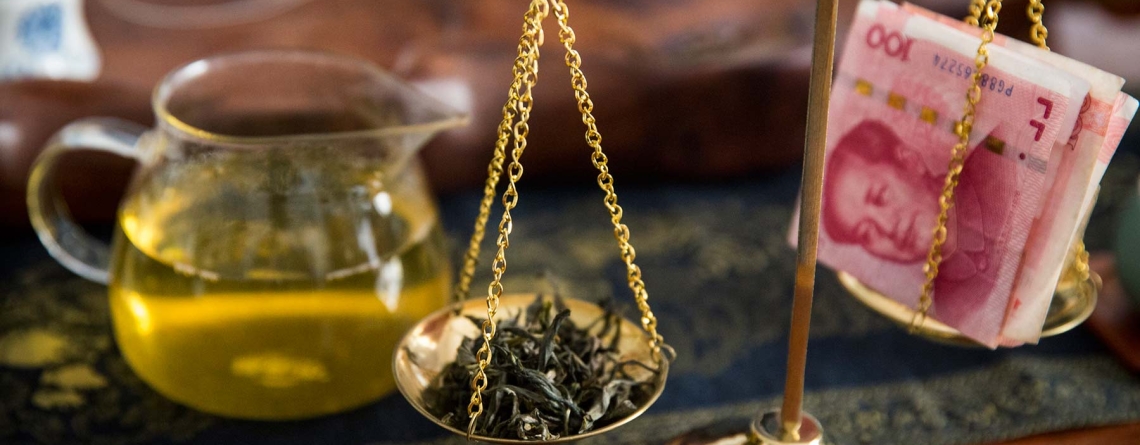
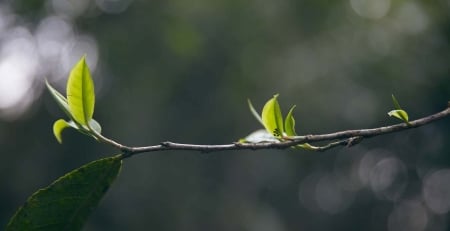
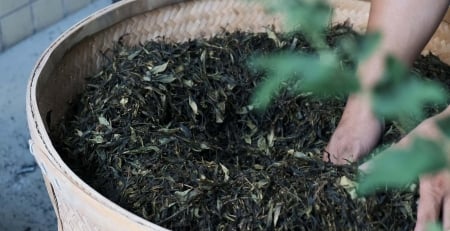
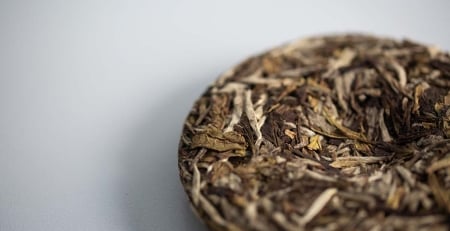

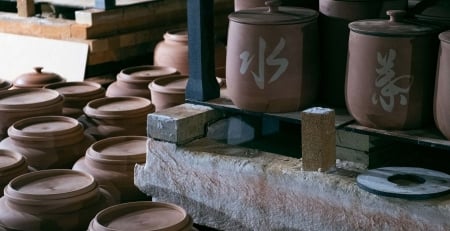
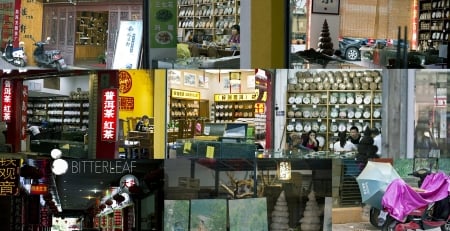
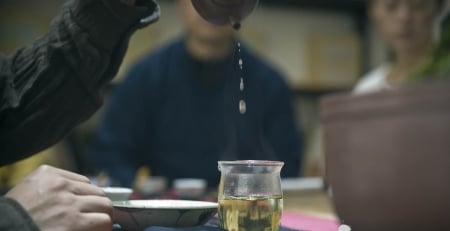
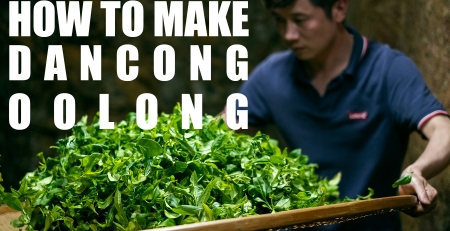
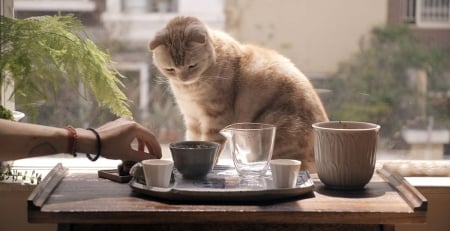
Leave a Reply
You must be logged in to post a comment.